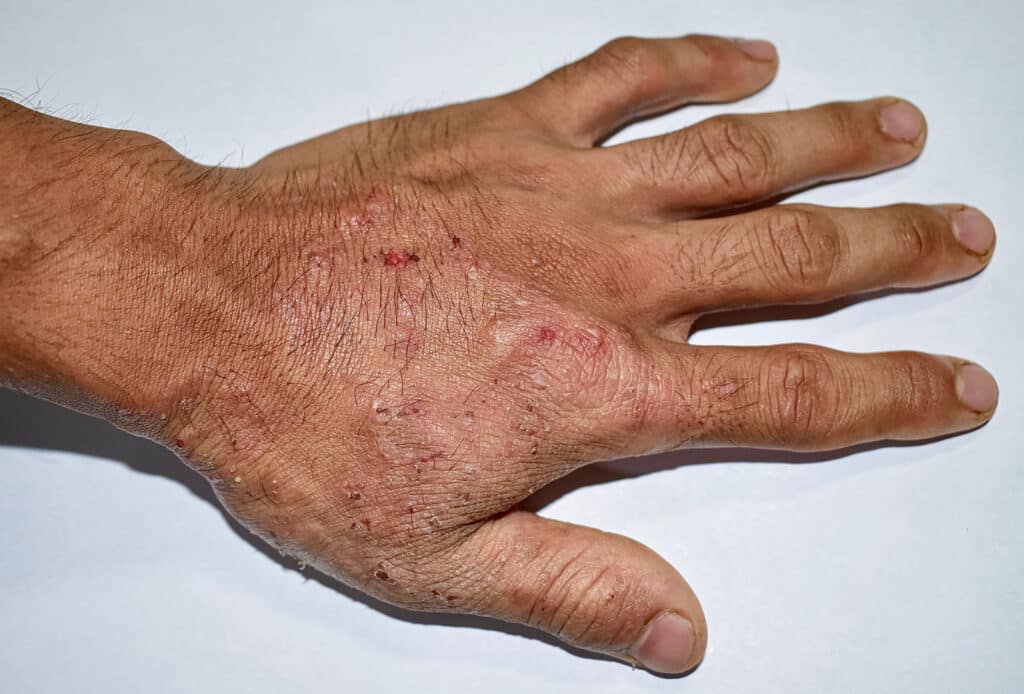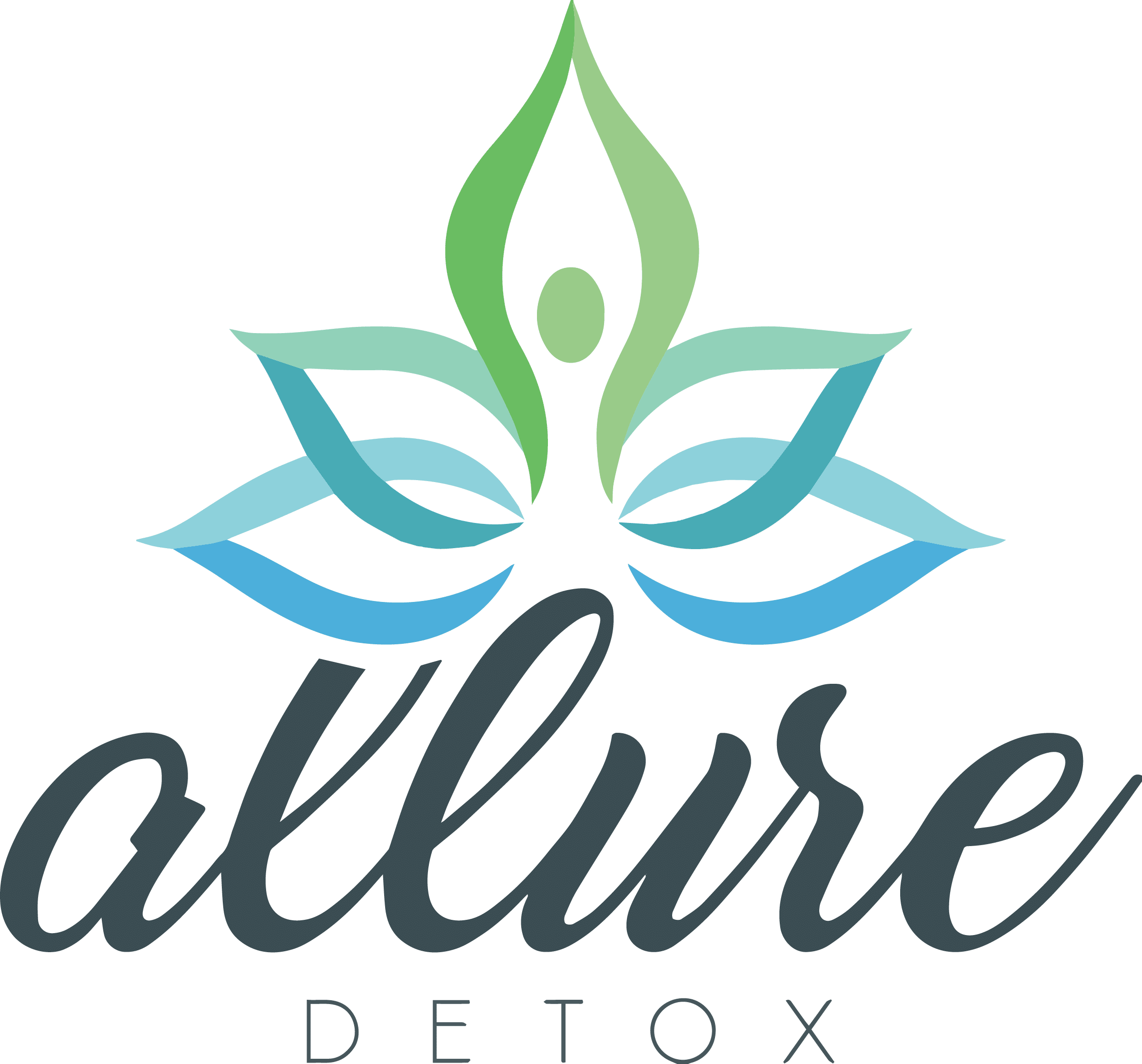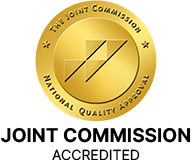The term “skin addiction” encompasses two distinct but related concepts: the physical effects of substance use on skin health and compulsive skin-focused behaviors like dermatillomania (skin picking disorder). Both aspects can significantly impact a person’s skin health, self-image, and overall well-being. This article explores these interconnected issues and provides insights into effective treatment approaches.
Table of Contents
Effects of Substance Use on Your Skin
Substance use can dramatically alter skin appearance and health through various mechanisms. Different substances affect the skin in unique ways:

Alcohol
Alcohol consumption leads to dehydration, reducing the skin’s moisture levels and elasticity. Regular alcohol use can cause:
- Enlarged pores and increased oiliness
- Inflammation and redness
- Accelerated aging with more prominent fine lines
- Reduced collagen production, leading to sagging skin
- Exacerbated skin conditions like rosacea and eczema
Tobacco and Nicotine
Smoking and other forms of tobacco use severely impact skin health by:
- Restricting blood vessels, reducing oxygen and nutrient flow to the skin
- Damaging collagen and elastin, causing premature wrinkles and loss of elasticity
- Creating characteristic “smoker’s lines” around the mouth
- Slowing wound healing and increasing infection risk
- Contributing to uneven skin tone and hyperpigmentation
Stimulants (Cocaine, Methamphetamine, etc.)
Stimulant use affects the skin through:
- Severe dehydration leading to dry, flaky skin
- Excessive sweating that can trigger breakouts
- Reduced blood flow causing a dull, grayish complexion
- Compulsive picking behaviors, creating sores and scars
- Accelerated aging due to nutrient depletion
Opioids
Long-term opioid use impacts skin health by:
- Causing hormonal imbalances that affect oil production
- Triggering excessive itching leading to scratch marks and infections
- Slowing cell turnover, resulting in dull, lifeless skin
- Reducing natural skin moisture, increasing dryness and flaking
- Impairing wound healing and infection resistance

Dermatillomania (Skin Picking): Symptoms & Treatment
Understanding Skin Picking Disorder
Dermatillomania, officially known as excoriation disorder, is a mental health condition characterized by recurrent, compulsive picking at one’s own skin. This condition falls under the obsessive-compulsive spectrum of disorders and can cause significant distress and impairment.
Common Symptoms
Individuals with dermatillomania typically experience:
- Recurrent picking of skin, causing lesions, sores, or tissue damage
- Intense urges or compulsions to pick, scratch, or dig at skin
- Failed attempts to reduce or stop the picking behavior
- Significant distress or impairment in social, occupational, or other areas of functioning
- Focused targeting of specific areas like the face, arms, hands, or back
- Triggers including stress, anxiety, boredom, or skin irregularities
- Ritualistic behaviors around skin examination and picking
- Shame and concealment of damaged skin and picking behaviors
Physical Consequences
The physical impact of chronic skin picking includes:
- Open wounds susceptible to infection
- Scarring and hyperpigmentation
- Tissue damage that may require medical intervention
- Disruption of normal skin healing processes
- Potential permanent skin texture changes
Treatment Approaches
Effective treatment for dermatillomania typically involves a multi-faceted approach:

Psychological Interventions
- Cognitive-Behavioral Therapy (CBT): Helps identify triggers and develop alternative coping strategies
- Habit Reversal Training: Teaches awareness of picking behaviors and substitutes competing responses
- Acceptance and Commitment Therapy (ACT): Focuses on accepting urges while committing to behavior change
- Comprehensive Behavioral Treatment: Combines awareness training, competing response training, and social support
Medication Options
A dermatologist or psychiatrist may recommend:
- Selective serotonin reuptake inhibitors (SSRIs)
- N-acetylcysteine (NAC), which has shown promise in clinical trials
- Anti-anxiety medications for underlying anxiety triggers
Dermatological Support
Working with a dermatologist can address both the physical consequences and help prevent future picking:
- Treatment for existing skin damage and infection prevention
- Specialized skincare routines to minimize triggers
- Treatment plans that address underlying skin conditions
The Role of Skincare in Recovery
Developing a healthy relationship with skincare can be an important aspect of recovery from both substance-related skin issues and dermatillomania:
For Substance-Related Skin Recovery
- Hydration: Increasing water intake and using hydrating skincare products
- Nutrition: Consuming foods rich in antioxidants and essential fatty acids
- Gentle Skincare Routine: Using non-irritating cleansers and moisturizers appropriate for your skin type
- Professional Treatments: Considering procedures like microneedling to stimulate collagen production
- Sun Protection: Preventing further damage and hyperpigmentation with daily SPF use
For Dermatillomania Recovery
- Barrier-Focused Products: Using gentle, fragrance-free products that support skin barrier repair
- Minimal Ingredients: Choosing simple formulations to reduce potential irritation
- Occlusive Healing Ointments: Applying to damaged areas to promote healing and reduce picking
- Hands-Off Application Methods: Using tools rather than fingers for product application
- Anti-Inflammatory Ingredients: Incorporating soothing ingredients like centella asiatica or niacinamide
The Impact of Social Media on Skin Perception
Social media has substantially influenced how we perceive and care for our skin:
- Unrealistic Standards: Filtered and edited images creating unattainable expectations
- Trend Cycling: Constantly changing skincare trends leading to product overuse
- Self-Diagnosis: Attempting to self-treat skin conditions based on social media advice
- Hyperfocus on “Flaws”: Increased scrutiny of minor skin variations as “problems”
- Positive Communities: Support groups for dermatillomania and skin health recovery

When to Seek Professional Help
Consider seeking professional assistance when:
- Skin picking or substance use significantly impacts your daily functioning
- Home treatment attempts haven’t improved your skin condition
- You experience signs of infection (increasing redness, warmth, swelling)
- Emotional distress about skin appearance affects your mental health
- You’re unable to stop picking behaviors despite wanting to
Finding the Right Support Team
An effective treatment approach often involves multiple specialists:
- Dermatologist: For medical skin treatments and condition management
- Mental Health Professional: For addressing behavioral and psychological aspects
- Addiction Specialist: If substance use is contributing to skin issues
- Primary Care Provider: To coordinate care and address overall health
Conclusion
Whether dealing with the effects of substance use on skin health or struggling with dermatillomania, recovery is possible with appropriate treatment and support. Understanding the connection between mental health and skin health is crucial for developing effective treatment plans and building a healthier relationship with your skin.
Both conditions benefit from a compassionate, multi-disciplinary approach that addresses both the physical manifestations and underlying psychological factors. By treating skin addiction as both a dermatological and psychological concern, individuals can work toward healthier skin and improved overall well-being.
Published on: 2025-03-31
Updated on: 2025-03-31



